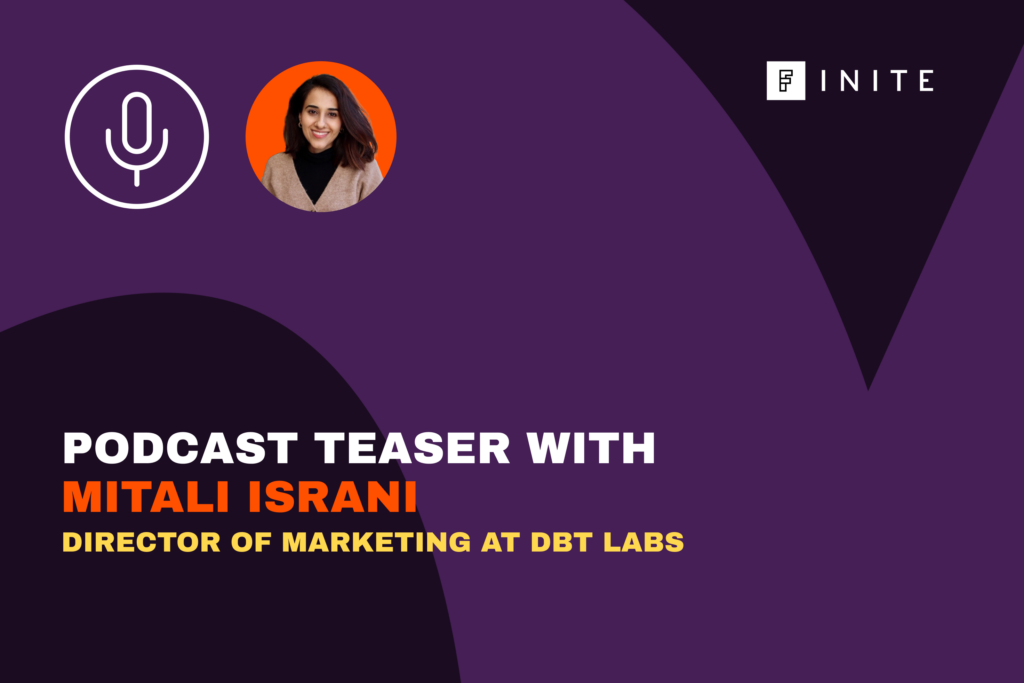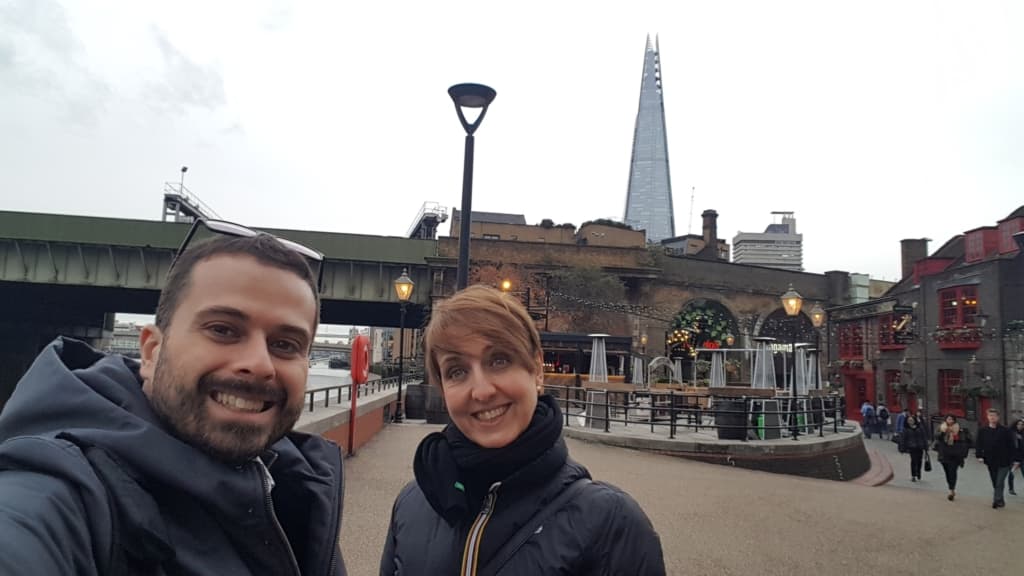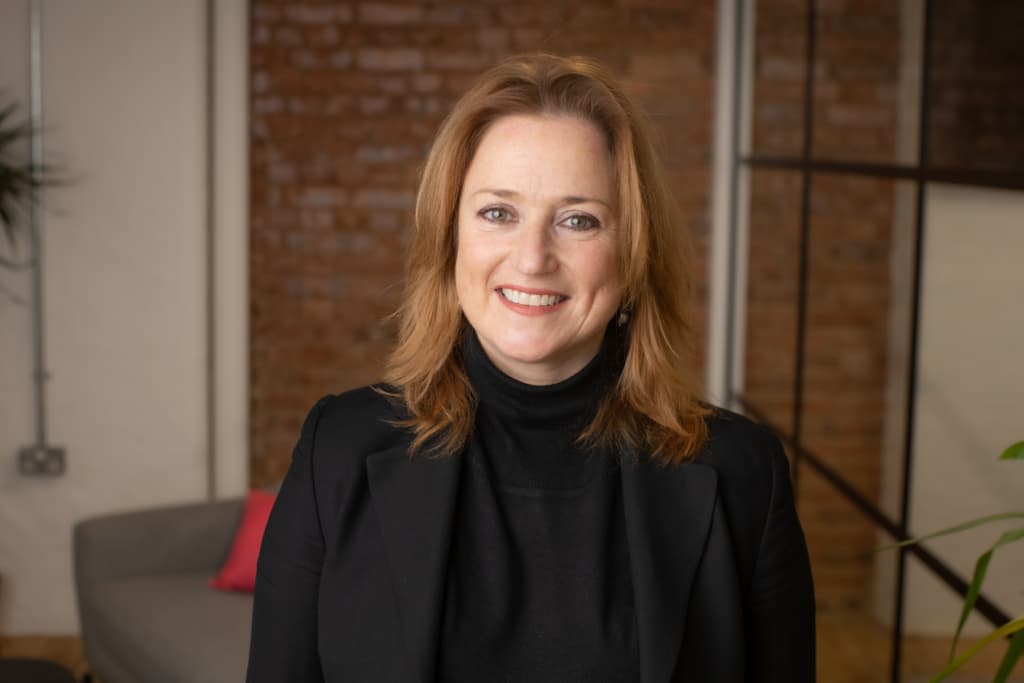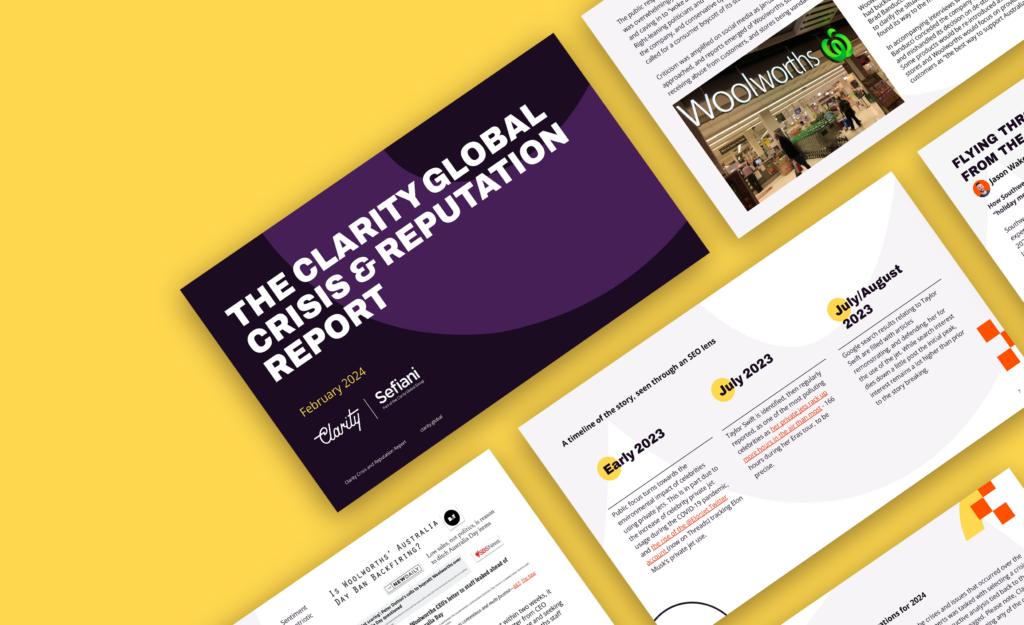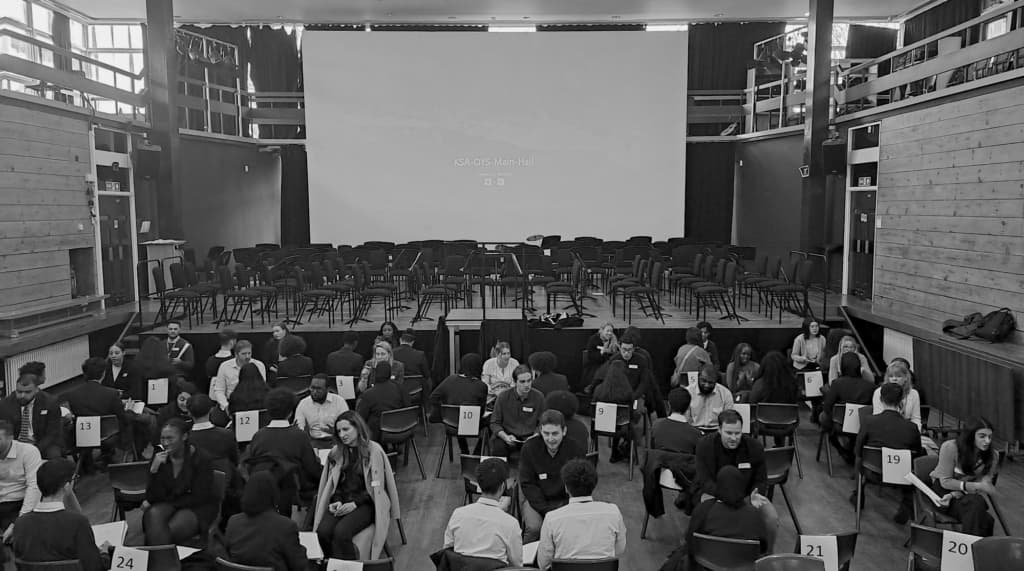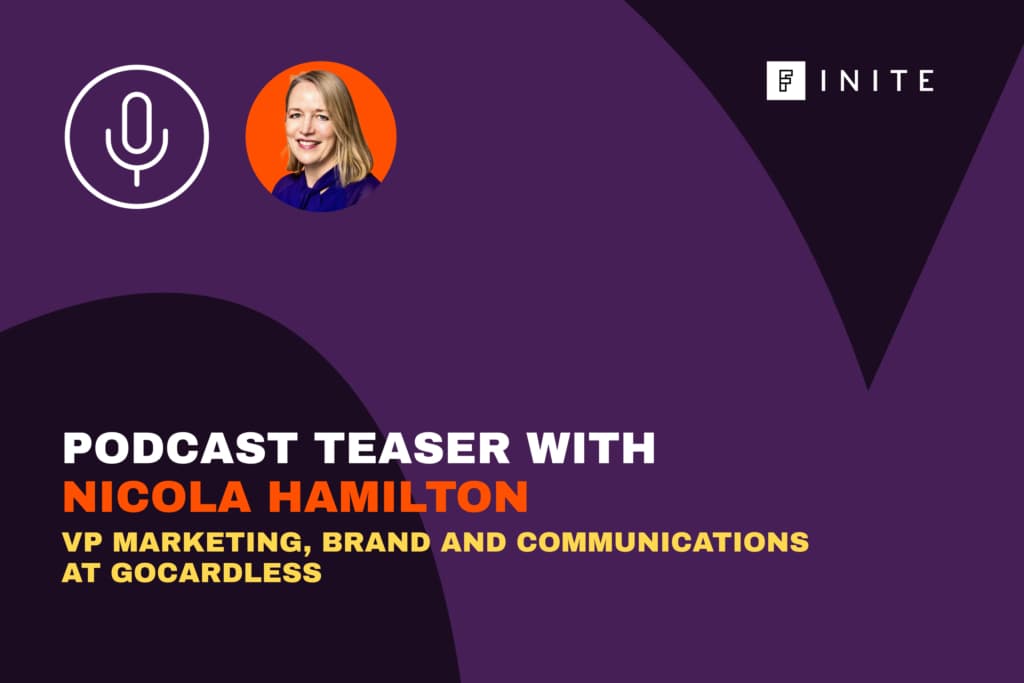Last week, I had the pleasure of participating in The P World’s Measurement and Evaluation Bootcamp, where I shared with delegates some of my experiences building out measurement and evaluation capabilities, and taking clients on a journey towards better understanding the effectiveness of their communication efforts and investments. I received a lot of feedback on my session, so I took the time to summarize the key points here for those who were unable to attend:
PR people suck (at this)
The PR profession has, historically, done a really poor job at proving its worth.
In my first agency role, in early 1990s London, we would still receive envelopes of physical press cuttings every day - hard to believe now, the media monitoring industry has evolved so much, yet in ways, our means of measurement have not evolved alongside it.
In my role, one of my tasks each month, or each quarter, was to go through the cuttings for each client, physically measure them with a ruler, look up the cost of buying an ad of that size in a big book published by BRAD, and ascribe a monetary value to each piece of coverage. I remember at the time thinking how ludicrous this was, a feeling that was only exacerbated when my then account director came in and arbitrarily multiplied these values by three, “because PR is worth more than advertising”.
This practice was not restricted to that agency; it was the accepted way of doing things across the industry. AVEs (Advertising Value Equivalents) were the norm, and remained the norm for some time.
The other prevailing narrative at the time, among people like the aforementioned account director, was “You can’t measure PR; you just know whether it’s working or not”. In fairness, most clients seemed to agree; a typical measure of success was the “thud factor” -- how thick the cuttings book was, and the noise it made as you plonked it onto the board room table.
And then... digital agencies ate our lunch
As the digital began to overtake the analogue, a new breed of ‘digital agencies’ came along. While an awful lot of them were (and still can be) modernized snake oil merchants, most were smart enough to recognize that, in the digital world, you could accurately measure just about everything. This measurement capability gap left the PR agency world flat-footed -- before we could blink, we saw our budgets slowly erode as more and more was funneled their way. And you know what? We probably deserved it.
Why is it so hard?
Even so, the PR world still clings to a version of that ever-so-satisfying “thud”. Why have PR agencies been so resistant to the idea of measurement and evaluation? There are about a hundred reasons, but I think the main ones are:
- It has not been demanded or expected of us. Clients only cared about the “thud factor”, and senior managers of a certain generation didn’t see it as necessary, or even possible, to innovate, so we all simply carried on as we were.
- There remains a reluctance to assign budget to measurement and evaluation. PR can often represent the smallest slice of the marketing pie, so the idea of carving out 10-15% of an already-meagre budget to “prove something we already knew anyway” was a big ask. Of course, this becomes a negative self-perpetuating cycle: We don’t evaluate, so we can’t prove our worth, so we continue to get the smallest part of the marketing budget - and worse, are not taken as seriously as our marketing peers.
- We are words and pictures people. This is, thankfully, less universally true than it used to be. But historically, the PR industry has been full of Humanities or Liberal Arts graduates, people accustomed to telling stories, who would run for the hills when asked to analyze data of any kind. And until relatively recently, PR agencies would continue to recruit in their own image, so have been unable to break that cycle.
- There was a lack of agreement on how to measure the effectiveness of PR. This is where AVEs came from, of course - it was a lazy but convenient answer to the question, ‘how do you measure PR?’.
Why does measurement matter?
Once again, I could come up with a hundred reasons why PR measurement matters, but here are just three big ones:
- Better, more effective campaigns. If you do not evaluate your work, you have no way of knowing whether you have been successful or not. And who doesn’t want to do better work? To prove we did a good job? To continually optimize? Nobody who’s selling snake oil, that's for certain.
- Bigger budgets. There is an old saying that what gets measured, gets done. Well, I believe that what gets measured, gets budget. If you’re an agency and can prove your effectiveness, your clients will have the confidence to invest more. And if you’re in-house and can prove the effectiveness of your team and the PR function, you can make the case for more budget to expand that great work.
- Improved standing. The kind of proof of effectiveness I’m referring to is not only the route to bigger budgets, it’s also the route to improved standing -- both as individuals and as a profession. You certainly won’t win any awards unless you can show rigorous evaluation, but you might also miss out on that promotion or pay rise. And unless we get to grips with this, PR will remain the poor relation of the marketing mix, making do with the crumbs from the big kids’ table.
“So, where should I start?”
This is a question I am asked frequently, in my capacity as Chair of AMEC’s Agency Group. AMEC is the Association for the Measurement and Evaluation of Communication, and over the past 25 years has been responsible for developing the thinking, the tools and the best practices that bust those myths that were prevalent when I was measuring press cuttings.
And AMEC itself is actually a great place to start. AMEC’s most useful tools, like the Measurement Maturity Mapper and the Integrated Evaluation Framework, are not only free, but you can be confident in the knowledge that they have been developed by world class experts in this field, people who in their day jobs are competitors, but who come together with a shared passion to advance our profession.
That’s certainly what we did at Clarity: We adapted AMEC’s Integrated Evaluation Framework and turned it into our own Impact Framework, which we use for planning, as well as evaluating, our work.
There is a misconception that small agencies that do not have or cannot afford dedicated analytics teams are at a disadvantage, but I don’t believe that is the case. If your starting point is doing little more than counting clips or aggregating impressions (and you’re not alone) then it’s not a huge leap from there to start measuring sentiment, or key message penetration, which it is possible to do without having to invest in new technologies.
And that’s another key point: It is very easy to be daunted by the prospect of upgrading the way you measure and evaluate, but it is best to think of this as a journey, and a journey of a thousand miles starts with a single step.
Be practical. Be pragmatic. Tackle the issue one method at a time, one campaign at a time, and do it incrementally - don’t try to go the whole way in a single bound, and lean on your agency to help. Begin simply; simply, begin.
--
Photo by Diana Polekhina on Unsplash
Share this
MORE
INSIGHT
Fearless tactics to achieve your strategic success
As a consultancy, our full-funnel marketing and communications solutions are designed to fearlessly deliver business results across multiple industries and service areas.


